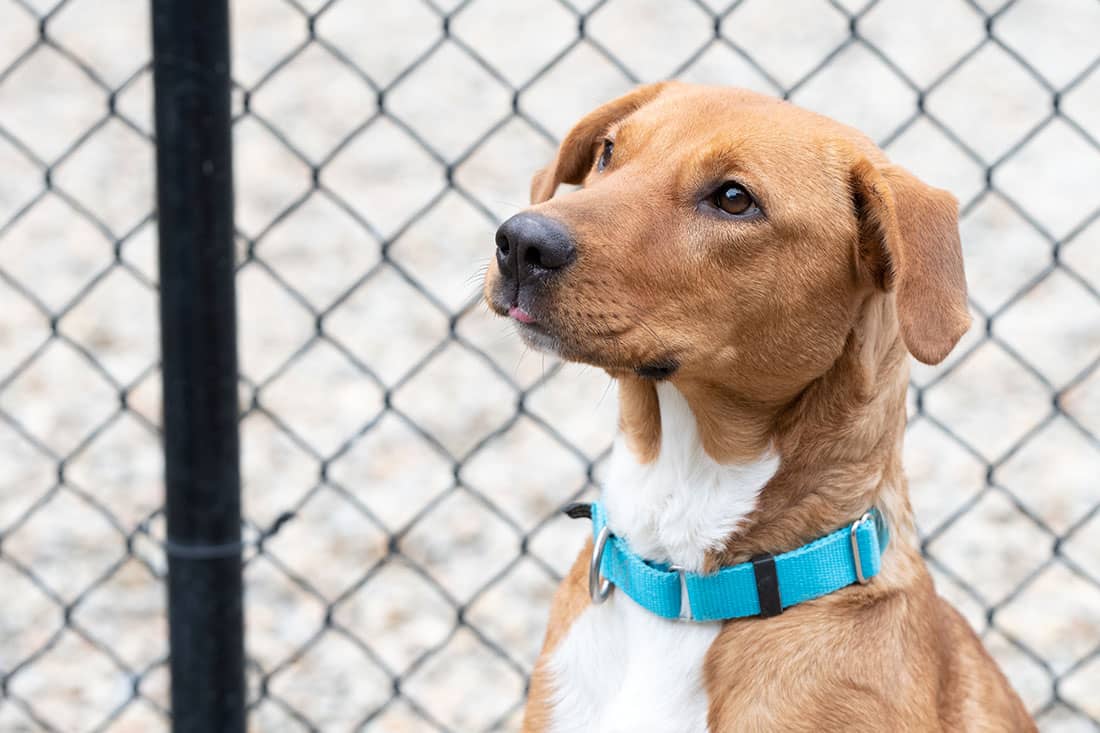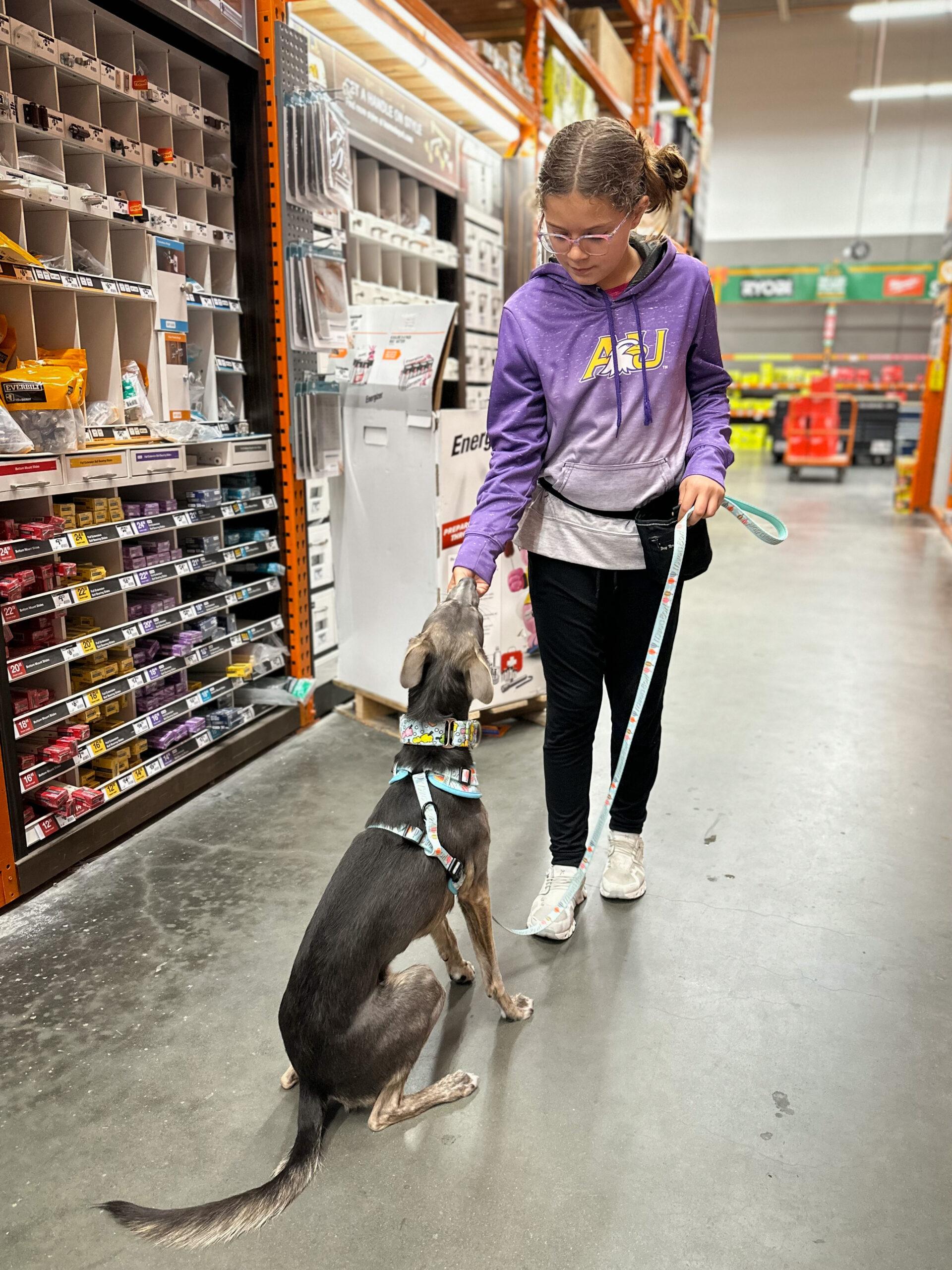Exactly how to Select the Right Technique for Successful Dog Training
Wiki Article
Vital Tips for Effective Dog Training: An Overview for Pet Dog Owners
Efficient canine training is a diverse process that calls for a calculated method customized to both the family pet's character and the proprietor's goals. Understanding how to browse these challenges can substantially enhance the training experience, inevitably transforming the relationship in between owner and canine.Understanding Dog Actions
Recognizing dog behavior is necessary for effective training and fostering a harmonious relationship in between pooches and their proprietors. dog training. Dogs interact mostly via body language, vocalizations, and actions, making it important for proprietors to translate these signals properly.
Socializing plays a substantial duty in pet actions; direct exposure to different atmospheres, people, and other animals can significantly affect a canine's temperament. In addition, elements such as breed attributes and private character ought to direct training methods, as some types might have particular behavioral attributes that demand tailored methods. By comprehending these components, proprietors can create an encouraging atmosphere that urges favorable behavior, causing successful training end results and a deeper bond with their pets.
Developing Consistent Commands
Efficient communication with your pet dog begins with developing consistent commands. This fundamental element of training is critical for promoting understanding in between you and your animal. Consistency in the commands you make use of guarantees that your pet can reliably link specific words or expressions with the wanted habits.When picking commands, pick clear, distinctive words that are easy to state and differentiate from one another. Prevent making use of similar-sounding commands that may puzzle your pet. Utilizing "sit" and "remain" is proper, but "sit" and "hit" might lead to misconceptions.
Additionally, preserve the exact same tone and quantity for each and every command. Dogs are sensitive to vocal hints, so differing your tone can develop complication.
It is similarly essential to guarantee that all relative are on the same web page relating to the commands utilized. A united front in command usage will certainly stop blended signals and reinforce the understanding procedure.
Positive Support Strategies
The power of positive reinforcement in pet training hinges on its ability to urge preferred behaviors via benefits and praise. This strategy is grounded in the concept that habits followed by desirable results are most likely to be repeated. By including favorable reinforcement right into your training regimen, you can properly shape your pet's habits in a positive way.To execute favorable reinforcement, it's important to recognize what motivates your pet, whether it be treats, playthings, or verbal appreciation. When your dog executes a desired activity, such as remaining on command, promptly check out here reward them with a reward or affection. This organization between the command and the favorable outcome enhances their understanding.
It's critical to timing the benefits correctly; supplying the support within seconds of the preferred actions helps your pet dog make the link (dog training). Furthermore, uniformity is key-- guarantee that all relative use the exact same commands and incentive systems to stay clear of confusion

Slowly, you can lower the frequency of treats as your pet dog finds out the behavior, transitioning to praise or periodic incentives. This approach not only fosters a strong bond between you and your pet dog yet also promotes a positive knowing atmosphere, making educating an enjoyable experience for both.
Socialization and Interaction
Regularly subjecting your pet to a variety of environments, people, and other animals is important for their social advancement. Socializing must start early, preferably throughout the essential home window of 3 to 14 weeks, when pups are most responsive to brand-new experiences. Older dogs can also profit from recurring socializing initiatives.Introduce your canine to different setups, such as parks, pet-friendly shops, and city locations. This direct exposure helps them adapt to numerous stimulations, minimizing anxiousness and fear responses. Motivate positive communications with various other dogs and people, guaranteeing that these encounters are controlled and safe to cultivate self-confidence.
Make use of structured playdates with courteous dogs, as this can enhance your pet's social skills and educate them proper behavior. Obedience courses and training sessions also supply outstanding opportunities for socialization, allowing your pet dog to interact with others in a supervised setting.
Screen your pet's body language throughout interactions, as this will certainly aid you evaluate their convenience level. Slowly increase exposure to even more challenging circumstances while ensuring that each experience is positive. A well-socialized pet is much more most likely to show balanced habits, making them a pleasure to have in any setting.
Resolving Common Training Difficulties
Every pet dog proprietor will come across training obstacles eventually, no matter their pet dog's age or socializing level. Determining typical concerns such as stubbornness, distractions, and fearfulness can assist in creating reliable approaches for enhancement.
Gradually introduce distractions as the dog comes to be much more skilled in commands. Short, regular training sessions are additionally effective in keeping focus.
Fearfulness can impede a pet dog's knowing procedure. Progressive desensitization to the resource of fear, coupled with favorable reinforcement, can help ease stress and anxiety. Perseverance is vital; never force a pet dog right into a situation that causes distress, as this might worsen the concern.
Ultimately, understanding and resolving these typical obstacles with content a structured technique will certainly promote an extra effective training experience, enhancing the bond between canine and owner while promoting efficient understanding.
Final Thought
In summary, effective dog training depends on a comprehensive understanding of canine behavior, the establishment of regular commands, and the application of positive reinforcement strategies. Socializing plays a vital function in establishing well-adjusted pet dogs, while attending to usual training difficulties calls for persistence and flexibility. By implementing these vital approaches, pet dog proprietors can foster a solid bond with their canines and advertise preferable behaviors, eventually leading to a harmonious connection in between humans and their canine buddies.Recognizing dog behavior is necessary for effective training and fostering a harmonious connection in between pooches and their owners.Socialization plays a considerable duty in dog behavior; exposure to different atmospheres, individuals, and various other pets can considerably affect a pet dog's personality.The power of favorable support in pet navigate to this site training lies in its ability to urge desired habits with benefits and appreciation. By incorporating positive reinforcement into your training regimen, you can successfully form your pet dog's habits in a positive fashion.
In recap, effective pet dog training depends on a detailed understanding of canine habits, the facility of constant commands, and the application of positive reinforcement techniques.
Report this wiki page